manual handling equipment in care
Summary
Discover essential manual handling equipment for care settings in the UK! Improve safety for caregivers & those they support. Expert advice & resources here.
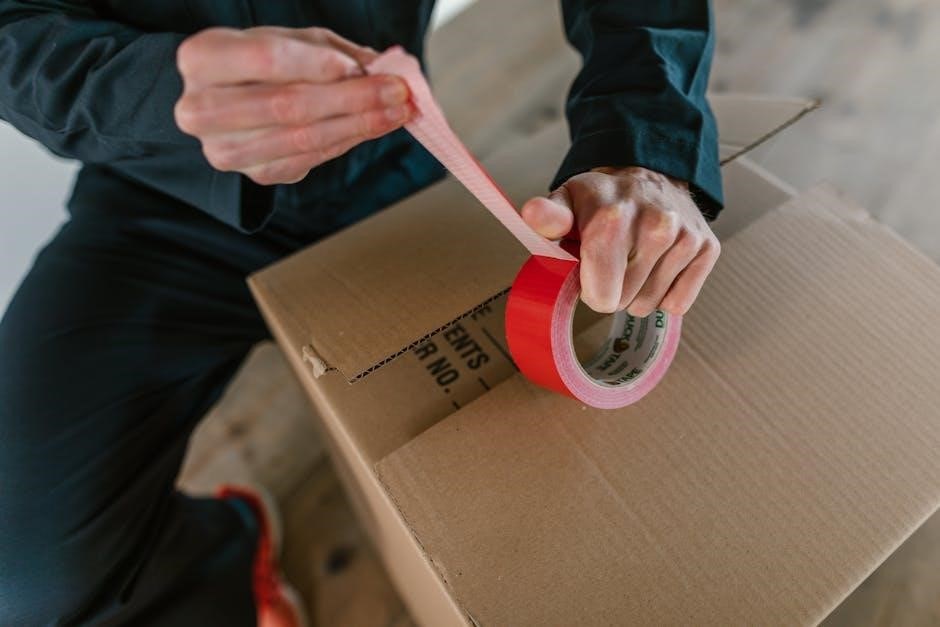
Manual handling equipment in care settings is crucial for resident and caregiver safety, encompassing hoists, profiling beds, and transfer aids.
These aids minimize strain and risk, adhering to regulations like the Manual Handling Operations Regulations, promoting dignified care and preventing injuries.
The Importance of Safe Manual Handling
Safe manual handling practices, supported by appropriate equipment, are paramount in care environments. Prioritizing safety minimizes risks for both caregivers and residents, preventing musculoskeletal disorders and ensuring dignified assistance.
The Manual Handling Operations Regulations emphasize avoiding hazardous tasks, and utilizing mechanical aids like hoists and slide sheets is key. Proper training on lifting techniques and equipment use is essential.
Investing in electric profiling beds and transfer belts reduces strain and promotes comfort. Regular risk assessments and diligent equipment maintenance further contribute to a secure and supportive care setting, upholding the well-being of all involved.
Legal Framework: Manual Handling Operations Regulations
The Manual Handling Operations Regulations establish a clear legal duty for employers to protect employees from risks associated with manual handling. This framework mandates a hierarchical approach, prioritizing the avoidance of hazardous tasks whenever reasonably practicable.
When risks cannot be eliminated, employers must conduct thorough risk assessments to identify and mitigate hazards. This includes providing adequate manual handling equipment – such as hoists and profiling beds – and ensuring staff receive comprehensive training;
Compliance necessitates regular equipment maintenance and reporting of faults, alongside documented procedures for safe working practices, ultimately safeguarding both caregivers and those receiving care.

Types of Manual Handling Equipment

Manual handling equipment includes hoists, profiling beds, slide sheets, and evacuation chairs, all designed to assist with resident movement and caregiver safety.

Hoists and Sling Systems
Hoists are fundamental manual handling aids in care, significantly reducing the risk of injury for both residents and caregivers. Systems vary, including mobile hoists for flexibility, overhead hoists offering wider coverage, and stand assist hoists promoting partial weight-bearing.
Sling selection is paramount for safety and comfort; various types cater to individual needs, from general-purpose to specialized options. Proper sling application and regular inspection are vital. Caregivers must receive thorough training on safe hoist operation and sling usage, understanding weight limits and potential hazards.
Correct usage minimizes shear and friction, preventing skin damage and maximizing resident dignity during transfers and repositioning.
Types of Hoists (Mobile, Overhead, Stand Assist)
Mobile hoists offer portability, ideal for multi-resident environments, utilizing a wheeled base and rechargeable battery. Overhead hoists, permanently installed, provide extensive coverage, often used in bathing areas and bedrooms, requiring a tracking system. They minimize lifting distances.
Stand assist hoists support residents capable of bearing some weight, facilitating safe standing and transfers. These promote independence and rehabilitation. Each type demands specific training for safe operation. Considerations include room layout, resident weight capacity, and caregiver comfort.
Regular maintenance and inspection are crucial for all hoist types, ensuring optimal functionality and preventing accidents.
Sling Selection and Safe Use
Sling selection is paramount, considering resident’s weight, shape, and level of support needed – full body, hemi-body, or transfer slings are available. Material breathability is vital for comfort, especially during prolonged use. Always inspect slings for damage before each use – tears, fraying, or weakened seams render them unsafe.
Safe sling application requires proper positioning, ensuring the resident is correctly supported and comfortable. Avoid pressure points and skin shearing. Caregivers must be thoroughly trained in sling application and removal techniques.
Regularly review manufacturer guidelines and adhere to weight limits. Never leave a resident unattended in a sling.
Profiling Beds
Profiling beds are essential manual handling equipment, offering adjustable height, head and leg sections, and side rails. This adjustability significantly reduces the physical strain on caregivers during repositioning and personal care tasks. Electric profiling beds provide even greater ease of adjustment, minimizing effort and maximizing patient safety.
Beyond easing caregiver workload, profiling beds actively contribute to pressure sore prevention. Regular repositioning, facilitated by bed adjustability, alleviates pressure on vulnerable areas.
Optimized patient comfort is another key benefit, enhancing well-being and promoting recovery.
Adjustable Features and Benefits
Profiling beds boast numerous adjustable features, including height, backrest angle, knee break, and side rail positions. Height adjustment allows caregivers to work at ergonomically safe levels, reducing back strain. Backrest and knee break adjustments facilitate comfortable positioning for residents, aiding in breathing and pressure relief.
These features collectively benefit both caregivers and patients. Caregivers experience reduced physical exertion and risk of injury, while residents enjoy enhanced comfort, improved circulation, and minimized pressure ulcer development.
Adjustability promotes independence and dignity, allowing residents greater control over their positioning.
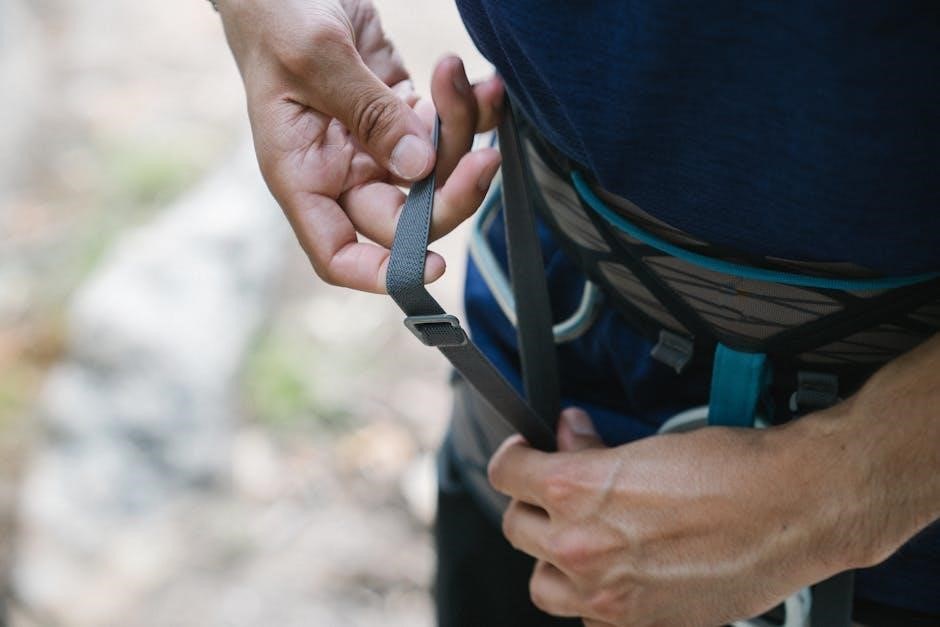
Pressure Sore Prevention and Patient Comfort
Profiling beds significantly contribute to pressure sore prevention through adjustable positioning. Regular repositioning, facilitated by bed adjustability, alleviates pressure on vulnerable areas. The ability to elevate head and legs improves circulation, reducing the risk of tissue damage.
Beyond prevention, these beds enhance patient comfort. Customizable angles support optimal body alignment, minimizing discomfort and promoting restful sleep. Features like integrated side rails offer security and prevent falls, further contributing to a sense of well-being.
Comfortable patients are more cooperative and experience improved overall health outcomes.
Moving and Handling Aids
Moving and handling aids are essential for safe patient transfers and repositioning. Slide sheets and glide sheets minimize friction, enabling smoother movements with reduced effort for both caregiver and resident. These aids are particularly useful for individuals with limited mobility.
Roller boards and transfer boards bridge gaps during lateral transfers, decreasing the risk of shear injuries. They provide a stable surface, allowing for controlled movement between beds, wheelchairs, and chairs. Proper technique and assessment are vital for safe use.
Utilizing these aids reduces strain and promotes dignity during care procedures.
Slide Sheets and Glide Sheets
Slide sheets and glide sheets are low-friction devices designed to facilitate the repositioning and transfer of individuals, minimizing manual effort and shear forces. Constructed from durable, smooth materials, they reduce skin friction during movements, protecting delicate skin.
These aids are invaluable when assisting residents with mobility limitations, aiding in tasks like bed repositioning, transfers to wheelchairs, and adjustments for comfort. They significantly reduce the risk of strain injuries for caregivers, promoting safer working practices.
Proper placement and technique are crucial for effective and safe utilization of these essential moving and handling tools.
Roller Boards and Transfer Boards
Roller boards and transfer boards are essential aids for facilitating lateral transfers between surfaces, such as a bed and a wheelchair. These devices minimize friction, allowing for smoother, safer movements with reduced physical exertion for both the resident and caregiver.
Roller boards consist of a rigid board with built-in rollers, while transfer boards are typically flat, smooth surfaces. They are particularly useful for individuals with limited upper body strength or mobility, enabling independent or assisted transfers.
Correct board selection, secure placement, and appropriate technique are vital for safe and effective use, preventing falls and injuries.
Evacuation Equipment
Evacuation equipment is a critical component of care home safety, designed to assist residents with mobility impairments during emergency situations. Evacuation chairs provide a controlled descent down stairwells, offering a safer alternative to carrying individuals.
Evacuation mats offer a means of sliding residents horizontally across a floor surface, useful for quick relocation away from immediate danger. Proper training in the use of this equipment is paramount, ensuring staff can efficiently and safely assist residents during emergencies.
Regular inspection and maintenance of evacuation equipment are essential to guarantee its functionality when needed.
Evacuation Chairs
Evacuation chairs are specialized manual handling aids designed for safely descending individuals with mobility limitations from staircases during emergencies. These chairs feature a tracked system, allowing a trained operator to control the descent, minimizing risk to both the resident and the caregiver.
Proper training is vital; staff must understand chair operation, securement procedures, and emergency protocols. Regular checks ensure the chair’s functionality, including brake systems and track integrity.
Evacuation chairs are a crucial element of a comprehensive care home emergency plan, providing a dignified and efficient evacuation solution.
Evacuation Mats
Evacuation mats offer a supplementary manual handling solution for emergency egress, particularly when stair descent isn’t feasible or safe. These mats provide a low-friction surface, enabling caregivers to slide residents horizontally across floors to a safe location.
They are lightweight and portable, facilitating rapid deployment during emergencies. Training emphasizes proper technique to minimize friction burn and ensure resident comfort and dignity.
Evacuation mats are often used in conjunction with evacuation chairs, providing versatile options for diverse care home layouts and resident needs. Regular inspection for tears or damage is essential for optimal performance.
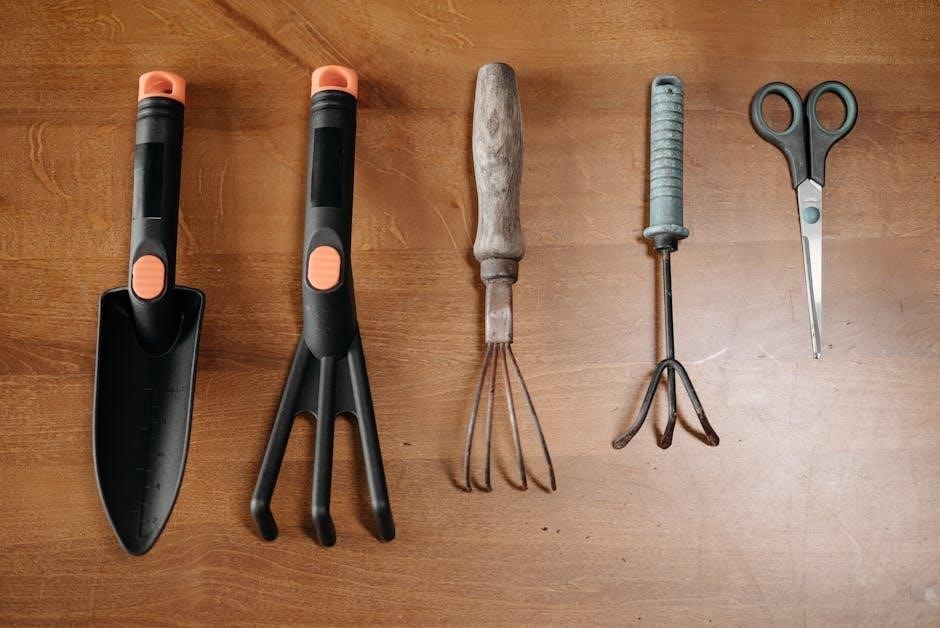
Specific Equipment for Common Tasks
Specific equipment, like mattress carrier trolleys and transfer belts, streamlines common tasks, reducing caregiver strain and enhancing resident safety during repositioning.
Lifting and Repositioning
Lifting and repositioning residents safely requires specialized equipment to minimize risks for both the individual and the caregiver. Mattress carrier trolleys are invaluable, allowing for efficient and safe movement of patients while maintaining their comfort and dignity.
Stand assist devices, such as the MoveAssist, provide crucial support, enabling residents with limited mobility to participate actively in standing and transferring. These devices reduce the physical demands on caregivers, decreasing the likelihood of musculoskeletal injuries.
Proper use of these tools, combined with thorough training, is essential for effective and safe manual handling practices within care environments, promoting a secure and supportive atmosphere for all involved.
Mattress Carrier Trolleys
Mattress carrier trolleys are essential pieces of manual handling equipment, designed to safely and efficiently move patients with their mattresses. These trolleys significantly reduce the physical strain on caregivers, minimizing the risk of back injuries associated with lifting and maneuvering.
Typically featuring a robust construction and smooth-rolling wheels, these trolleys allow for easy navigation through corridors and doorways. Made in Britain options prioritize quality and durability.
Using a mattress carrier trolley maintains patient comfort and dignity during repositioning, preventing unnecessary disturbance and promoting a secure transfer process. They are a vital component of a comprehensive safe handling strategy.
Stand Assist Devices (MoveAssist)
Stand Assist Devices, like the MoveAssist, are innovative manual handling equipment solutions designed to aid residents with limited mobility in safely transitioning from a seated to a standing position. These devices minimize the physical exertion required from caregivers, reducing the risk of injury during transfers.
MoveAssist provides crucial support, encouraging resident participation and promoting independence. They are particularly beneficial for individuals recovering from surgery or with weakened leg strength.
Proper training is essential for safe operation, ensuring correct positioning and secure support. Utilizing these devices contributes to a more dignified and comfortable experience for the resident, while safeguarding caregiver wellbeing.
Transferring Residents
Transferring residents safely requires careful consideration and appropriate manual handling equipment. Transfer belts provide a secure grip for caregivers, enabling controlled movements during seated transfers. These belts should always be used in conjunction with proper techniques and risk assessments.
Gait aids and walking frames support residents during ambulation, promoting independence and reducing the risk of falls. Selecting the correct aid based on the resident’s needs is vital.
Mechanical aids, like hoists, should be prioritized when possible to minimize manual handling. Thorough staff training on equipment usage and transfer techniques is paramount for resident safety and caregiver protection.
Transfer Belts
Transfer belts are essential manual handling aids used to assist with the safe transfer of residents who have some upper body strength and can actively participate in the move. They provide a secure and comfortable grip for caregivers, enabling controlled assistance during seated transfers or repositioning.
It’s crucial to ensure a good grip – both the caregiver’s and the resident’s – before initiating any movement. Transfer belts should never be used to lift a resident entirely; they are for assisting with movement, not full weight-bearing lifts.
Proper application and regular inspection for wear and tear are vital for safe and effective use.
Gait Aids and Walking Frames
Gait aids, including walking frames, are vital for residents requiring additional support during ambulation, promoting independence and reducing the risk of falls. These devices provide stability and redistribute weight, assisting those with mobility impairments.
Proper fitting is paramount; the height should allow for comfortable posture and minimal strain. Caregivers must ensure residents understand how to use the aid correctly and safely, including navigating obstacles and uneven surfaces.
Regular checks of the frame’s stability and handgrip condition are essential. Gait aids contribute significantly to maintaining resident mobility and quality of life.
Bathing and Toileting
Bathing and toileting often require significant manual handling, making specialized equipment essential for both resident dignity and caregiver safety. Shower chairs provide stable seating during showering, reducing the risk of slips and falls, while commodes offer convenient toileting solutions for those with limited mobility.
Tilt-in-space bathing systems further enhance safety and comfort, allowing for controlled positioning. Careful assessment of individual needs is crucial when selecting appropriate equipment.
Caregivers must receive training on the safe use of these aids, ensuring proper positioning and transfer techniques to minimize strain and prevent injuries during these intimate care tasks.
Shower Chairs and Commodes
Shower chairs are vital for residents with balance issues or limited endurance, offering a secure seated position during showering, minimizing fall risks and caregiver strain. Various designs exist, including swivel options for easier transfers; Commodes provide accessible toileting, particularly beneficial for individuals with mobility impairments or urgency.
Adjustable height and armrests enhance comfort and support. Regular inspection for stability and cleanliness is paramount. Proper transfer techniques, utilizing transfer belts when needed, are crucial for safe use.
These aids promote resident independence and dignity while reducing the physical demands on care staff.
Tilt-in-Space Bathing Systems
Tilt-in-space bathing systems offer a significant advancement in resident care, particularly for those with complex needs or limited mobility. These systems allow caregivers to safely and comfortably bathe individuals without requiring full lifting or transferring. The tilting function provides optimal access while minimizing strain on both the resident and the care provider.
Features often include adjustable height, integrated spray wands, and secure seating. Regular maintenance and inspection are vital to ensure safe operation.
These systems promote dignity and reduce the risk of falls or injuries during bathing.

Training and Assessment
Comprehensive training on manual handling, risk assessments, and equipment use is essential for care staff, ensuring resident safety and minimizing caregiver strain.
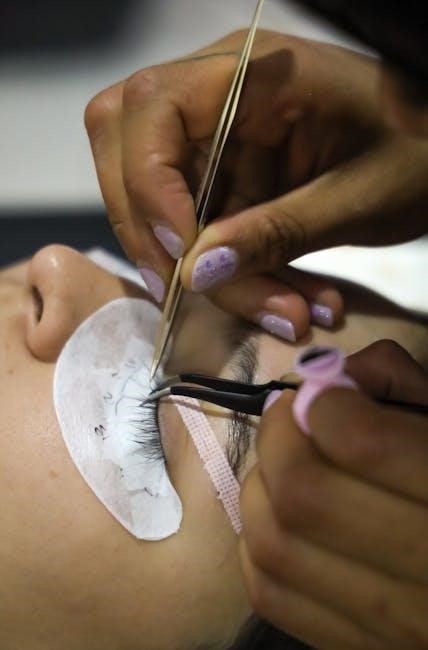
Manual Handling Training for Care Staff
Effective manual handling training for care staff is paramount, focusing on risk assessment procedures to identify potential hazards before attempting any movement. Training must cover proper lifting techniques, emphasizing back safety and body mechanics, alongside detailed instruction on utilizing mechanical aids like hoists and slide sheets.
Staff should be proficient in equipment inspection, recognizing faults, and reporting damage promptly. Training should also address communication with residents, ensuring their cooperation and understanding during transfers. Regular refresher courses are vital to reinforce best practices and update knowledge regarding new equipment and regulations, ultimately promoting a safer environment for both caregivers and those receiving care.
Risk Assessment Procedures
Thorough risk assessments are fundamental before any manual handling task. These assessments should identify hazards – the resident’s weight, mobility, environment constraints – and evaluate the risks involved. Care staff must consider if the task can be avoided entirely or modified to reduce risk, prioritizing the use of mechanical aids like hoists or profiling beds.
The assessment should document the chosen method, equipment needed, and the number of staff required. Regular reassessment is crucial, especially if the resident’s condition changes. A documented risk assessment demonstrates a commitment to safety and compliance with Manual Handling Operations Regulations, protecting both resident and caregiver from potential injury.
Proper Lifting Techniques
Even with manual handling equipment, understanding proper lifting techniques remains vital for safe assistance. Staff should maintain a stable base, bending their knees and keeping their back straight, avoiding twisting motions. A firm grip on the resident or transfer belt is essential, ensuring they also have a secure hold.
Communication is key – clearly explain the process to the resident. Avoid lifting loads beyond individual capacity and always seek assistance when needed. Remember to keep the load close to the body and move smoothly. Training reinforces these techniques, minimizing strain and preventing injuries, complementing the use of assistive aids.
Equipment Maintenance and Inspection
Equipment like hoists, profiling beds, and transfer aids requires regular maintenance and inspection to ensure safe operation. Daily checks should verify functionality – straps, brakes, and electrical components. Scheduled servicing, conducted by qualified personnel, is crucial for identifying and addressing potential issues.
A clear reporting system for faults and damage is essential; prompt repairs prevent accidents. Detailed records of inspections and maintenance should be maintained. Proper care extends the lifespan of the equipment, protecting both residents and caregivers, and upholding compliance with safety regulations within the care environment.
Regular Checks and Servicing
Regular checks of manual handling equipment are paramount for safety. Daily visual inspections should confirm the integrity of slings, straps, and wheels. Functionality tests – hoist operation, bed adjustments, brake effectiveness – must be performed routinely.
Scheduled servicing, ideally annually or as per manufacturer guidelines, should be conducted by trained technicians. This includes thorough mechanical inspections, lubrication, and component replacement. Detailed service records are vital for tracking maintenance history and ensuring ongoing safety compliance within the care setting. Proactive servicing minimizes downtime and extends equipment lifespan.
Reporting Faults and Damage
Prompt reporting of any faults or damage to manual handling equipment is critical. A clear reporting system, accessible to all care staff, must be in place. This includes documenting the issue, date, time, and equipment identification.
Damaged slings, malfunctioning hoists, or faulty bed mechanisms should be immediately taken out of service. Do not attempt repairs without proper training. Reporting triggers a swift assessment and repair process, preventing potential incidents and ensuring resident safety. Maintaining detailed records of reported issues and subsequent actions demonstrates a commitment to safe manual handling practices.

Future Trends in Manual Handling
Robotics, assistive technology, and ergonomic design are revolutionizing manual handling, promising smarter equipment and enhanced data monitoring for improved care.
Robotics and Assistive Technology
Robotics are poised to significantly alter manual handling in care, moving beyond simple assistance to more complex tasks. Assistive technology, including robotic exoskeletons and automated lifting devices, aims to reduce physical strain on caregivers and enhance resident independence.
These innovations offer potential solutions to the growing demands on care staff and the increasing need for safe patient handling. Development focuses on creating robots capable of performing repetitive movements, assisting with transfers, and providing support during rehabilitation.
However, ethical considerations and the need for robust safety protocols are paramount as these technologies are integrated into care environments. Successful implementation requires careful planning, training, and ongoing evaluation.
Smart Equipment and Data Monitoring
Smart equipment in manual handling integrates sensors and data analytics to improve safety and efficiency. Profiling beds and hoists can now track usage, weight distribution, and movement patterns, providing valuable insights into patient handling practices.
Data monitoring systems can identify potential risks, such as improper lifting techniques or equipment malfunctions, allowing for proactive intervention. This data can also inform training programs and optimize workflows, reducing the risk of caregiver injuries and improving resident comfort.
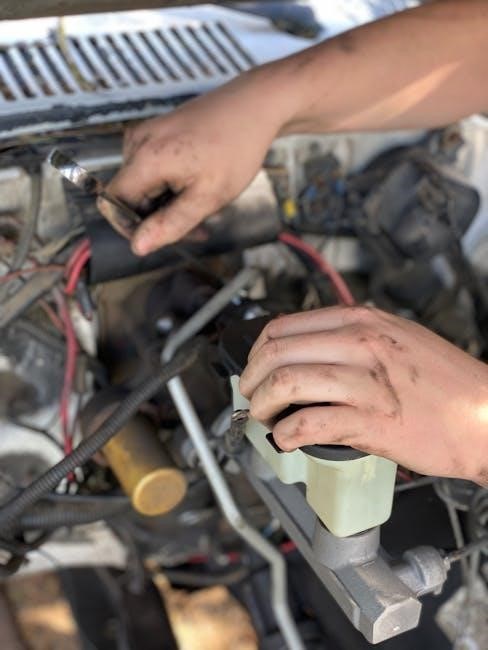
Real-time feedback and alerts enhance situational awareness, while long-term data analysis supports continuous improvement in manual handling protocols within care facilities.
Ergonomic Design Improvements
Ergonomic design is paramount in modern manual handling equipment, focusing on reducing physical strain for caregivers. Transfer belts and stand assist devices are being redesigned with adjustable features and improved grip materials for enhanced control and comfort.
Profiling beds now incorporate intuitive controls and optimized height adjustments to minimize bending and twisting. Hoist designs prioritize ease of maneuverability and reduced pushing/pulling forces. These improvements aim to align with natural body mechanics, lessening the risk of musculoskeletal disorders.
Continuous feedback from care staff drives these advancements, ensuring equipment effectively supports safe and efficient manual handling practices.